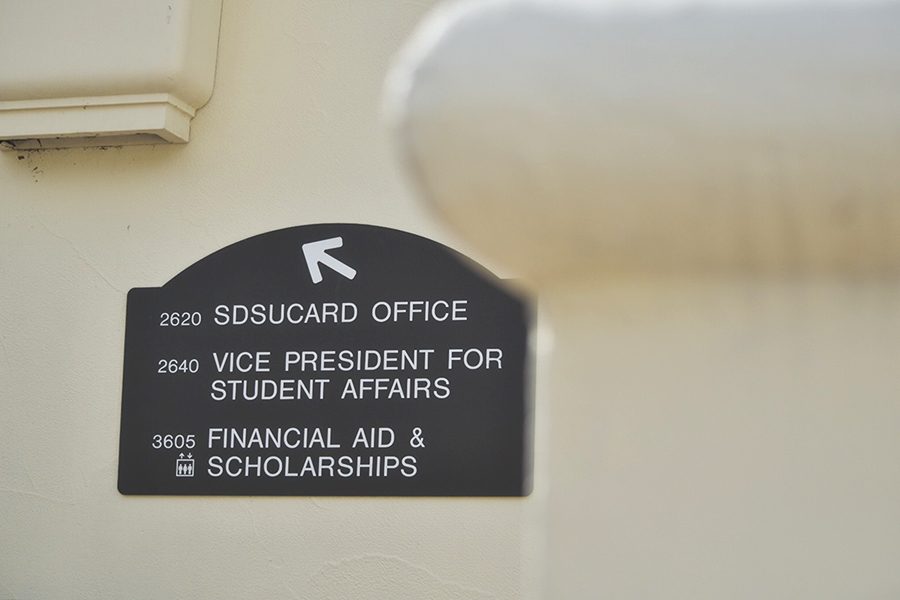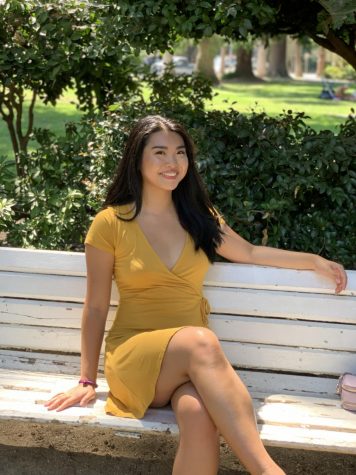One of the first actions President Joe Biden enacted was extending the pause on student loan payments without interest until Sept. 30.
This extension came to help provide relief for Americans who are still dealing with financial hardships caused by the pandemic.
What does this mean for San Diego State students?
In 2021, roughly 20.4% of SDSU’s overall student body borrowed student loans, according to the Office of Financial Aid and Scholarships.
“The total number of students borrowing loans and the amount borrowed has consistently decreased over the past five years at SDSU, which seems to be part of an entirely different trend of students overall relying less on loans,” the Office of Financial Aid and Scholarships said in an email.
During the 2016 to 2017 academic year, 11,333 students borrowed loans. For this school year, 7,460 students borrowed loans.
The amount of grants and scholarships SDSU students receive has also increased steadily in the past five years.
“Try not to take out student loans: apply to every scholarship, go to career counseling, see if you qualify for student loans or work study,” biochemistry third year Jeannette Espinoza said. “There’s ways around it so you can minimize loan payment so definitely look into it.”
Espinoza is a transfer student from Santa Barbara City College and has taken out a total of about $9,000 in loans between there and SDSU.
While it may be inevitable for some students to take out some loans eventually, be sure to know the difference between federal and private student loans, Espinoza adds.
Most student loans must be paid off post graduation after a six-month grace period so this pause may impact college graduates the most.
For some recent SDSU graduates, this extended pause with zero percent interest gave them more incentive to pay their loans.
The lack of interest on student loans made SDSU alumnus Kayla Wade increase her monthly payments so she can pay them off sooner, according to Wade.
“I graduated in spring of 2019, so I’m working now and making money which is why I am able to pay more than I would,” Wade said. “If I was still in college doing odd jobs that would have been affected by the pandemic, I would probably pay less than the normal each month.”
Some currently-enrolled students had to take out more in student loans because of the pandemic.
“I know that I pulled out more student loans this year than I ever had because of the pandemic, because I can’t find that part-time job,” Espinoza said. “It’s going to have a domino-effect on students once they graduate because it’ll be more interest to pay off.”
Biden also proposed a plan to forgive $10,000 in student loan debt for each individual but it’s uncertain if it will pass in the Senate or House.
The payment pause extension came only due to the pandemic and high unemployment numbers.
Some students are optimistic about it passing. Others believe student loan forgiveness can’t be the only step towards education reform.
“In order to recover from the pandemic and to move towards a better American future, we do need education reform, specifically higher education reform,” political science third year Taylor Reed said. “While $10,000 is great and it’s unprecedented, I think more needs to be done to make tuition more accessible and equitable.”
Similarly, Espinoza said she doesn’t think all student loans will ever be forgiven.
However, the government can offer better payment plans such as extending loans, being more lenient on loan consolidation and reducing the overall interest even after the pause.
“Getting into crippling debt shouldn’t be the only way to better your future,” Reed said. “Hopefully this pause on interest will make wanting to get an education less daunting for students.”









